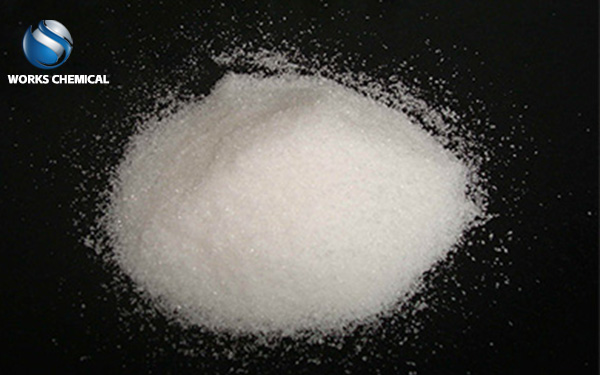
When choosing the appropriate sludge dewatering agent for printing and dyeing sludge, multiple factors need to be considered. The following are some key selection methods:

I. Understanding the Properties of Sludge
The source and composition of sludge: Generally, printing and dyeing sludge has a higher content of inert substances, less organic matter, pathogenic bacteria, etc. than urban sludge, and a lower calorific value. Moreover, the content of heavy metals may also be higher. Meanwhile, due to the differences in raw materials used, product varieties, and processing methods in the printing and dyeing industry, the composition of sludge produced also varies. Therefore, it is necessary to understand the specific source and composition of the sludge in order to select the appropriate chemicals.
Solid content of sludge: The solid content of sludge will affect the dosage of chemicals and the dewatering effect. Generally speaking, sludge with a high solid content requires more chemicals to achieve dewatering.
Ii. Select the Type of Agent
Inorganic agents: including polyaluminium chloride (PAC), polyaluminium ferric chloride, ferrous sulfate, ferric chloride, etc. Inorganic chemicals are usually used for the dewatering treatment of inorganic sludge, but some inorganic chemicals (such as ferric chloride) may be corrosive, and special attention should be paid to equipment protection. For printing and dyeing sludge, if its inorganic content is relatively high, the use of inorganic agents can be considered.
Organic agents: mainly polyacrylamide (PAM), which is divided into anionic type and cationic type. Cationic PAM is suitable for the treatment of organic sludge. The adsorption bridging effect of its chain molecules can enhance the coagulation effect and improve the dewatering efficiency. For printing and dyeing sludge, if its organic matter content is relatively high, cationic PAM may be a better choice.
Iii. Consider Equipment Compatibility
The matching of chemicals and equipment: Different sludge dewatering equipment (such as belt filter presses, plate and frame filter presses, centrifuges, etc.) have different requirements for chemicals. When choosing chemicals, their compatibility with existing equipment should be taken into consideration.
Chemical dissolution and mixing: The dissolution rate of chemicals and the uniformity of mixing are crucial to the dehydration effect. Choose chemicals that are easy to dissolve and can be thoroughly mixed with sludge.
Iv. Evaluation of the Efficacy of the Drug
Filter cake moisture content: The moisture content of the filter cake is an important indicator for evaluating the dewatering effect of sludge. The ideal moisture content of the filter cake should be less than 60%. Through experiments, the chemicals that can effectively reduce the moisture content of the filter cake can be selected.
Filter cake thickness and filtration rate: The thinner the filter cake thickness, the better the dehydration effect. The faster the filtration rate, the higher the processing efficiency. This is also an important indicator for evaluating the efficacy of the drug.
Dosage of chemicals: The dosage of chemicals should be appropriate. Either too much or too little will affect the dehydration effect. The optimal dosage of chemicals is determined through experiments to reduce costs and improve efficiency.
V. Comprehensive Consideration of Other Factors
Cost-effectiveness: Consider the balance among the price, dosage and dehydration effect of the chemicals, and select chemicals with high cost performance.
Environmental protection requirements: Some agents may contain components that are harmful to the environment. When choosing chemicals, it is necessary to consider their impact on the environment and comply with relevant environmental protection regulations.
Technical support and service: Select a chemical supplier with excellent technical support and after-sales service. This helps solve problems encountered during use and ensures the stability of the dehydration effect.